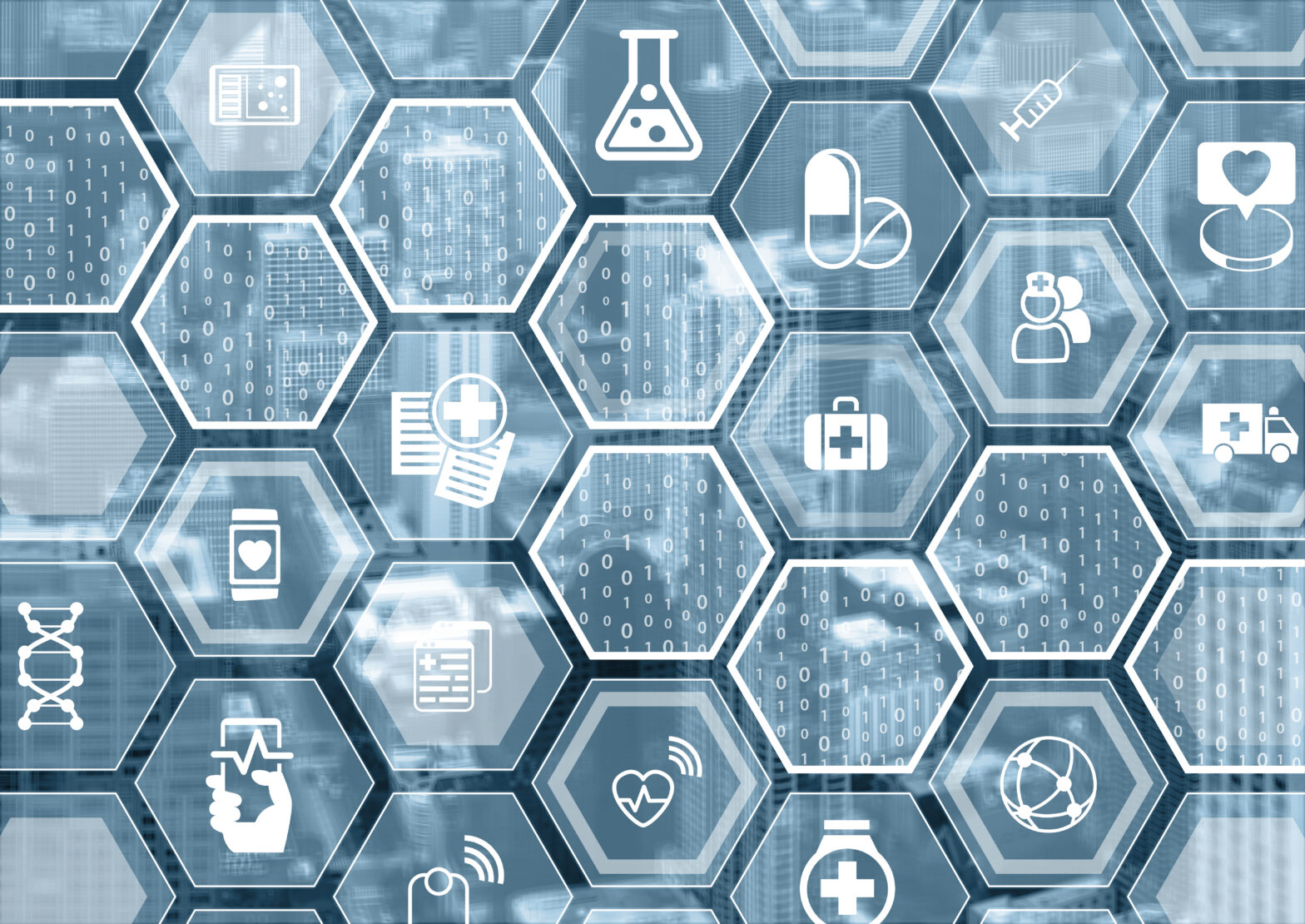IoT solutions have arguably made a bigger splash in the consumer landscape than B2B to date, with connected fridges, cars and thermostats all resonating with the public. As consumers awareness of IoT grows, so too does their expectation that it will be used to improve their day to day experiences.
At the same time healthcare providers around Europe are being challenged with improving patient care and satisfaction while facing increasing time pressures and budget cuts.
IoT solutions can offer healthcare providers new tools and efficiencies to make sure patients are getting the very best of care, in a timely manner. Connected devices not only improve the diagnostic and treatment process, but can also decrease the business costs of running healthcare facilities by drastically reducing workflows and admin time.
>See also: The future of the Internet of Things in the healthcare sector
The case for utilising IoT in healthcare is gaining in strength, with solutions providers continuing to innovate and push the boundaries of what such technologies can achieve. The whole concept of IoT is that it can be anything organisations want and need it to be – all it takes is the right app or piece of code to be built around it.
However, at this stage in its adoption, many IT managers don’t necessarily understand the potential of IoT and are wary of the security implications of managing the wealth of data it delivers.
Last year healthcare was the fifth most targeted industry when it came to cyber-attacks, most notably demonstrated by the crippling ransomware attack on Britain’s NHS.
Challenges around data and network security are a real issue. However, such concerns aren’t projected to hold the market back for long, with IDC research predicting that global spending on IoT technologies is forecast to reach nearly $1.4 trillion by 2021.
The scope of IoT solutions is evolving to fuel this demand. Stationary IoT solutions, such as sensors, kick-started the connected device market and remain popular, but mobile IoT solutions provide vast opportunities across the healthcare sector – enhancing interactions with patients, enabling real-time monitoring, and allowing faster access to data for more efficient diagnosis and timely treatment. Key to this development is the introduction of peripherals to the workplace, which can be partnered with mobile gateway solutions to ensure cross-machine collaboration.
>See also: The right IoT prescription for a revolution in healthcare
One natural example lies within the healthcare sector, where – from a consumer perspective – the fitness device market is already reaching a point of saturation. Looking at this from a professional angle, similar devices can be used to help doctors manage wellness rather than illness – with healthcare data being transmitted in real-time whether the ‘patient’ is at home or in hospital, medical professionals can continuously monitor vital signs such as heart rate and blood pressure, ensuring predictive diagnosis and the introduction of preventative measures at the earliest possible stage.
Elsewhere, peripherals like smart glasses (wearable display technology) can enable a hands-free solution to healthcare providers – putting patient data, images, and other useful information in their field of vision. For example, smart glasses are already being used for Augmented Reality (AR) based surgical training, showing step-by-step procedural videos that are overlaid onto an anatomical environment.
Beyond the devices themselves, operating systems will also play a crucial role in the progression of IoT in the healthcare industry. Currently the focus is very much on writing software for iOS and Android – a smartphone-onus which again signifies the advanced stage of the consumer market.
>See also: IoT to improve the programming of implantable devices
Yet the natural progression is for solutions providers to expand their focus to incorporate Windows 10 – this will serve as a catalyst in creating a greater number of solutions designed for professional use, which in turn will inspire more organisations to turn their attention to developing IoT coding and apps to address different business needs.
It is only a matter of time until IoT becomes a major enabler for the healthcare sector – with such game-changing potential, it’s important for IT managers to get ahead of the curve to understand how these technologies can empower their organisations.
Sourced by Neil Bramley, B2B Client Solutions Business Unit Director, Toshiba Northern Europe







